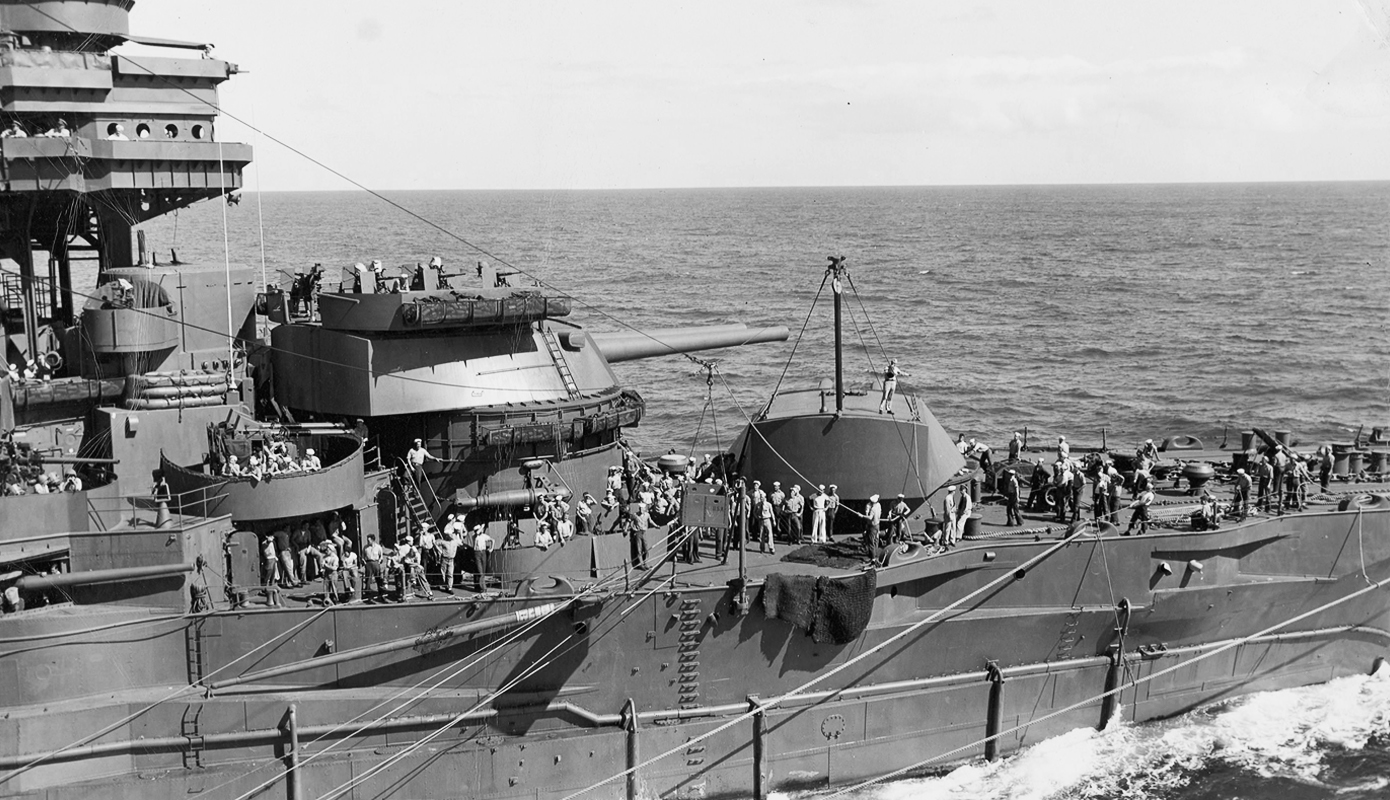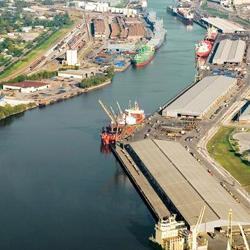 As Texas BB-35 battles to stay afloat on the busy Houston Ship Channel where is anchored and now serves as a museum ship, it is important to recall her great heroics on the D-Day.
As Texas BB-35 battles to stay afloat on the busy Houston Ship Channel where is anchored and now serves as a museum ship, it is important to recall her great heroics on the D-Day.
If there is any reason why it is important to recall this bitter moment of history, it is to encourage the American people particularly in the state of Texas to donate towards salvaging the ship from sinking which many believe could mean dry berthing.
Before The D-Day
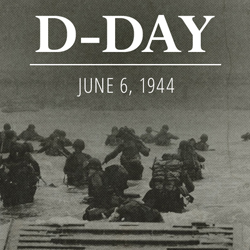
Like every other nation involved in the D-Day event about 74 years ago, 156,000 Allied soldiers made preparations for the faceoff with Germany. This meant crossing the English Channel. The Texas BB-35, one of the most heavily armored ships of that era was also readied to sail into battle.
A battle flag, 17 by 9 foot was raised on the ship. At that time, the Nazi had captured Europe and the long-planned operation was to open a Western front against the group. There were lots of rehearsals that saw the firing of many 14-inch shells in collaboration with the HMS Ramillies and Rodney, both British battleships.
During this time, a number of tactical modifications were made to the ship including equipping it with additional radio equipment including a radio scrambler that could jam radio-guided missiles.
Texas BB-35 was drafted to Bombardment Force Flagship and expected to fire at the western half of Omaha.
It is true that Americans of diverse backgrounds participated in the battle but Texas had an enormous presence in the events of the D-Day both at sea and on the land.
The Role Of Battleship Texas On The D-Day
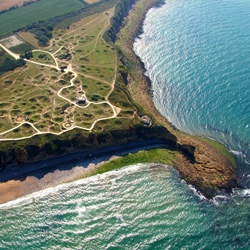
When Battleship Texas BB-35 arrived at Omaha Beach, it hit the target there and at Pointe du Hoc with several rounds of shells. This took the Germans by surprise and weakened their defenses.
There was a time that the ship fired about two hundred and fifty-five shells in thirty-four minutes leaving extensive craters at the point of impact. This will go down in history as the longest sustained period of firing
Texas BB-35 target was later moved inland to stop enemy reinforcement as well as destroy other strong points further inland. Texas later got as close as 2,700 meters from the land and fired her main gun to clear the snipers and machine gun nests just off the beach
The firepower of Texas was crucial in taking out important enemy targets at Isigny and Trévières. The battleship later retired to Plymouth to rearm.
To reach her last target which was further inland, the starboard torpedo blister was flooded, tilting the ship by 2 degrees which provided the needed elevation for the shell to reach its target. Texas only departed to England when the combat had moved further inland beyond the range of her gun.
Texas Continued To Provide Support After The D-Day
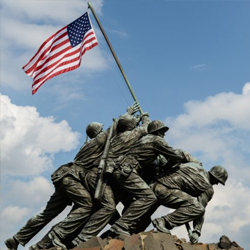
Texas was later moved to Iwo Jima where she spent three days bombarding the Japanese defenses, clearing the field for the landing of Marine Corps Divisions. She moved to Okinawa and did the same. Interestingly, during all these missions, Texas was able to escape damage.
Operation Magic Carpet was launched soon after the war ended and Texas BB-35 was crucial in ferrying the homeward bound troops. The passengers of the ship were delivered to San Pedro, California on the 15th of October.
Life After Decommissioning
After decommissioning, the Texas BB-35 was moved to San Jacinto Battleground State Historic Site where it became a museum ship and plays host to over 250,000 visitors every year.
Standing in the salty sea waters, the hull of the Texas BB-35 continues to be corroded leading to an increased influx of water into the ship.

